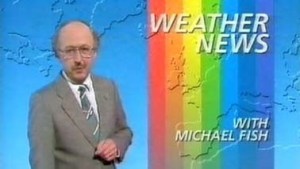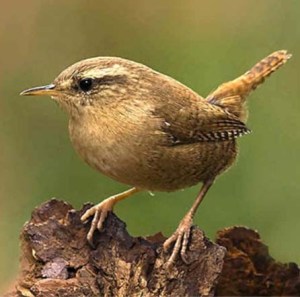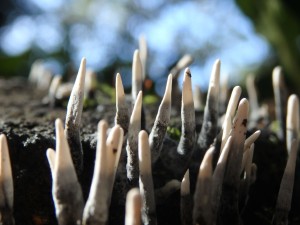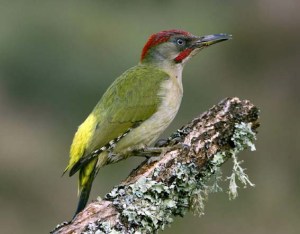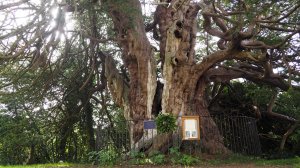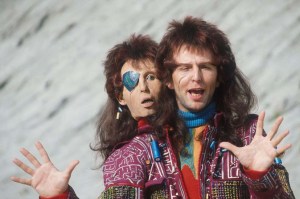Hello everyone. As we enter the month of Fools and fertility, it is time to conclude our monthly trawl through the archives and bring our Mini Environmental Encyclopaedia to an end. So, with this briefest of introductions, here are the letters W to Z.

War:
The act of war is the most destructive activity that our species can direct its energy towards. Our ability to destroy our surroundings whilst killing each other has increased by several orders of magnitude since the Battle of the Crocus Fields in 352 BC.
– TQW November 2014
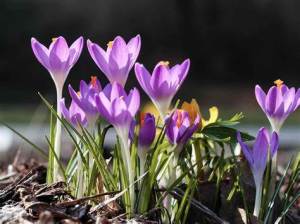
Wasp:
Out of a staggering 9,000 Wasp species in this country, only 250 of the larger species have the ability to sting and just nine of these make up the Vespidae (Social Wasps). The scourge of picnickers and beer-garden diners is almost certainly the Common Wasp (Vespula vulgaris).
– TQW May 2016
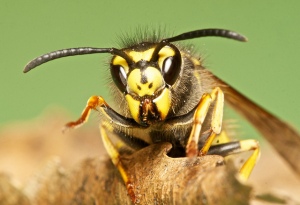
Wassail:
People surrounded the apple trees, making as much noise as they could to waken the slumbering tree spirits and ensure a good crop. Twelfth Night is still marked by carousing crowds in orchards.
– TQW December 2016
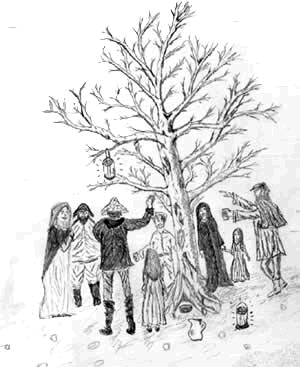
Water:
Paul’s very first article for the Crowhurst News was called Where has all the Water gone? It was about the pond levels in Quarry Wood, as variable today as they were then.
– TQW September 2008
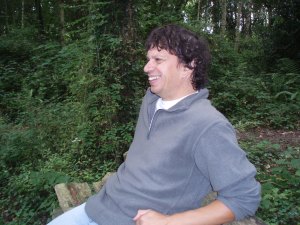
Quarry Wood 2008
Last month saw the highest ever recorded water level, beyond the bench. See below for a video of pond view photos over the years. It is not quite Fixed-Point Photography… but nearly! Perhaps even more intriguing than the water levels, though, are the increasingly diagonal trees that, one by one, finally crash into the water…
Water Vole:
11 of the 47 mammals native to Britain are now classified as being at imminent risk of extinction, including the Water Vole (Arvicola amphibius), our iconic Hedgehog (Erinaceus europaeus), and the nocturnal Hazel Dormouse (Muscardinus avellanarius).
– TQW September 2020
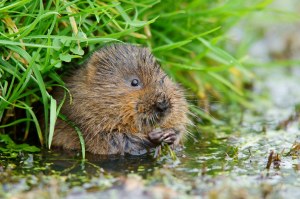
Weather:
Our conversation often associates major events with the weather on the day, for example: the Queen’s Coronation, poor girl, it poured down! England World Cup final in 1966, phew, lucky the rain kept off. The Spanish Armada, nice refreshing breeze, get the washing on the line! The night shift on the evening of 15th October 1987, well it might get a tad blowy, but I doubt I will need a coat!
– TQW December 2015
Woodlouse:
The ubiquitous Woodlouse of the Order Isopoda (from Greek, iso-same and poda-foot) is the most successful terrestrial Crustacean, and boasts more nicknames than the Scarlet Pimpernel.
– TQW September 2012
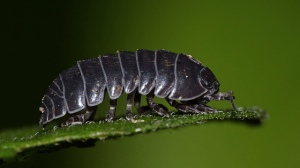
Wordsworth, William:
Suddenly Constable and Turner were painting landscapes, Van Gogh was busy with starry nights and sunflowers and Monet gave us his Water lilies; the natural world was becoming popular! Wordsworth summed up this feeling when he described the Lake District as “a sort of national property in which every man has a right and interest who has an eye to perceive and a heart to enjoy.”
– TQW April 2014
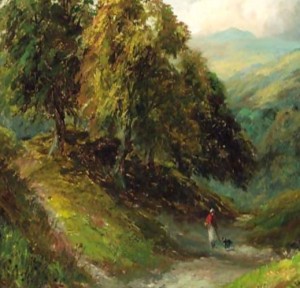
Wren:
The Quarry Wood air is full of birdsong, Robins and Wrens flutter through the undergrowth, Blackbirds riffle through the ground cover, Corvids squabble in the canopy and Buzzards call out as they spiral up into the brilliant blue sky.
– TQW June 2020
Wyndham, John:
“And we danced, on the brink of an unknown future, to an echo from a vanished past.”
– TQW September 2020
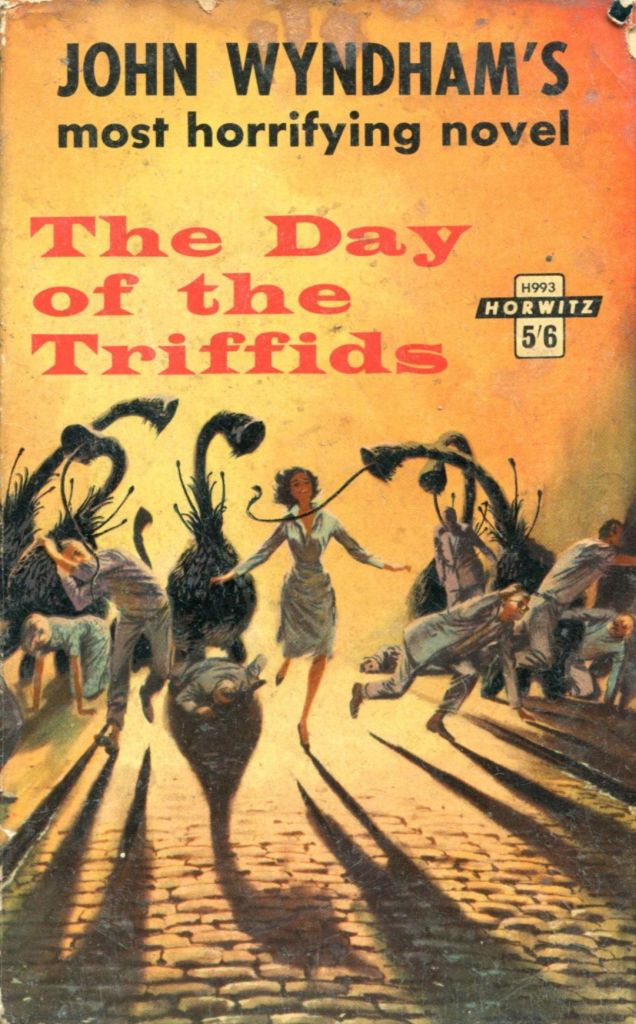

Xanthophylls:
Just as chlorophyl absorbs red and blue light and appears green, so does carotene absorb blue-green and blue light and reflects yellow light back for us to enjoy. In similar vein anthocyanins are the basis for the colour red, xanthophylls, yellow-orange and tannin, brown or tan.
– TQW December 2010
Xylaria:
The tiny black and white Candlesnuff Fungus (Xylaria hypoxylon) is faintly bioluminescent as the phosphorus in the mycelium reacts with oxygen, but humans are unlikely to see this.
– TQW/Biodiversity/Fungi
Xylem:
Water and dissolved nutrients are taken up into the plant via the roots through vascular tissue called xylem (from Greek xylon-wood). The water fills the cells and provides the structure of the plant as it grows.
– TQW June 2011

Yaffle:
The largest of our Woodpeckers is the Green Woodpecker (Picus viridus), sometimes called Yaffle for its distinctive loud, hysterical call.
[We regularly have Greater Spotteds nesting in Quarry Wood, turn right from the gate, look for the holes and tune in your ears.]
– TQW April 2013
Yew:
These familiar denizens of the British churchyards are well known for their longevity and many Yews throughout the country have seen at least a thousand summers. It is no wonder the species became a symbol of immortality, though conversely, perhaps because they were traditionally grown in churchyards, they became associated with death and doom.
– TQW November 2022

Zaphod Beeblebrox:
The creator of Zaphod Beeblebrox and Marvin the Paranoid Android was quite correct in that the Earth is predominately blue and green as seen from space; the former being our oceans and the latter representing the most momentous natural factory we will ever have the privilege to see in operation!
– TQW July 2009
Zeus:
Selene, the Goddess of the Moon, fell in love with a good-looking youth called Endymion and begged Zeus to put him into an eternal sleep so that he would not age and she could watch him for ever.
[Read the article to find out how this relates to Bluebells!]
– TQW June 2010
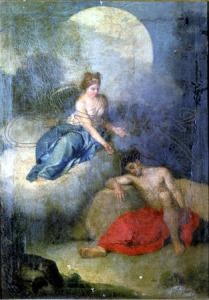
I hope you have enjoyed this A to Z series. I have had a lot of fun delving into TQW articles of yesteryear and choosing which of the ramblings to receive the light of day once more. Next month we focus on the future and look forward to planning our jubilee year.
Enjoy the spring flowers, the birdsong and warmer days, Ma Nature’s gifts freely given and there for us all to take time and appreciate our glorious countryside.
Paul Johnson
pgcrow@yahoo.com

